When wound healing stalls, it affects both, the health care practitioner and the patient. The health care professional is not only faced with the management of a wound that is at risk of becoming chronic, but also with long term time restraints as wound dressing changes and assessment are time consuming as well as cost demanding, and lastly, the dissatisfaction of not being able to help the patient towards wound closure. The patient’s quality of life is also drastically reduced when wounds fail to heal. The increased focus on the management of chronic wounds and related cost burden, has therefore resulted in advances in the treatment options for these wounds and a switch towards new and active therapies are seen in clinical practice. One such active treatment option is Woulgan Bioactive Beta-Glucan Gel.
Woulgan promotes healing in stalled and chronic wounds by activating white blood cells, in particular macrophages, which are essential in wound healing.
What are macrophages?
Macrophages provide signal molecules to orchestrate the wound healing process, boost host defences, promote and resolve inflammation, remove dead cells and most importantly, support cell proliferation and tissue restoration after a wound occurs.
The macrophages work in all four different stages of the wound healing process, namely haemostasis, inflammation, proliferation and remodelling, and have therefore a significant responsibility in wound healing.
If you’re interested to read more about the role of macrophages across the four different wound healing stages, you can do so here.
When should I use Woulgan?
Woulgan is an active treatment to be used on stalled wounds. As a general rule of thumb we categorise wounds as stalled if they haven’t reduced in size by at least 40% within 4 weeks with good quality standard of care treatment. If this is the case for your patient, we recommend to switch to an active treatment, such as Woulgan.
Also, if certain factors presented by the wound or the patient’s medical history might predict the wound to heal slowly or to be at high risk of becoming stalled, we would recommend using Woulgan from the onset of the ulceration.
Woulgan is indicated for low to medium exudating stalled wounds, such as:
- Diabetic Foot Ulcers (DFU)
- Leg Ulcers
- Pressure Ulcers
- Graft or Donor Sites
- Open Surgical Wounds
- Partial-Thickness Burns
- Abrasions or Lacerations
What to expect from the use of Woulgan?
- When Woulgan is applied to chronic wounds, the gel features of the product provide optimal moist wound healing conditions, aiding in autolytic debridement, while the ancillary medicinal component SBG works as follows:
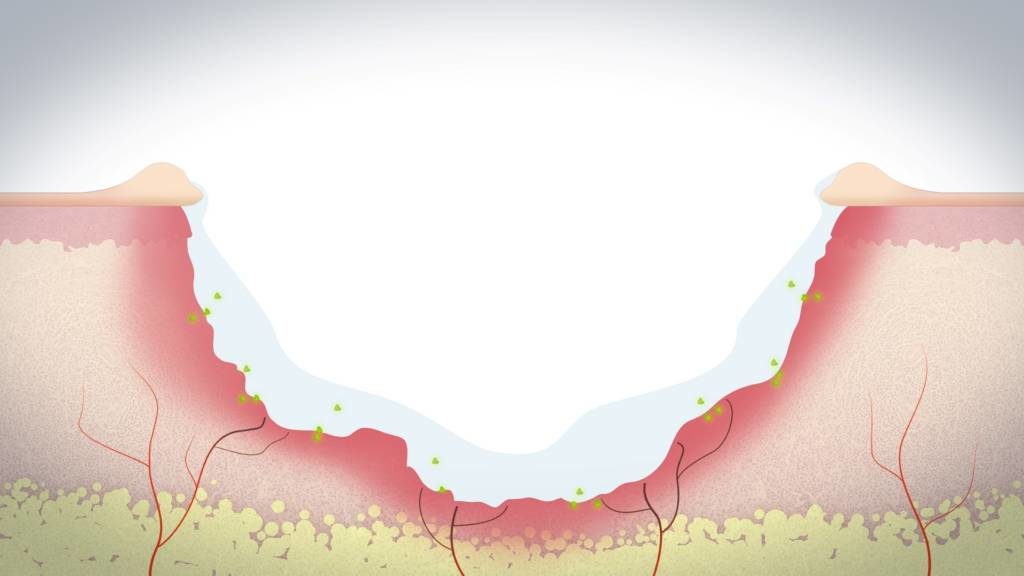 |
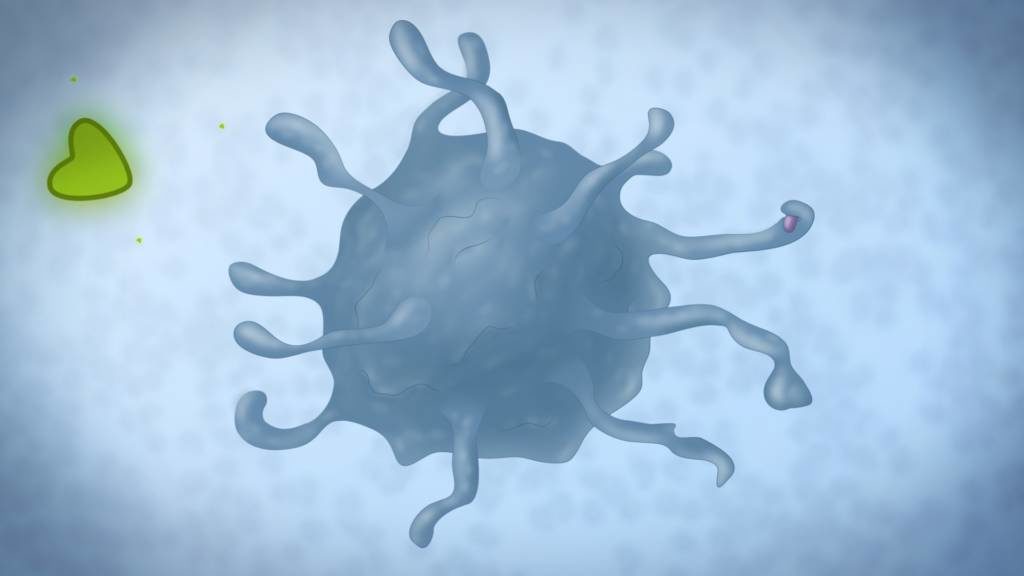 |
- The unique molecular structure of SBG in Woulgan lets it bind to receptors in the cellular membrane of the macrophages, thus activating macrophage activity.
- This interaction is known to occur through different cell surface receptors – most notable, the Dectin 1 receptor. Activation of the dectin-1 receptor has been shown to induce proliferation and migration of keratinocytes, which enhance the growth of healthy granulation tissue and re-epithelialisation.
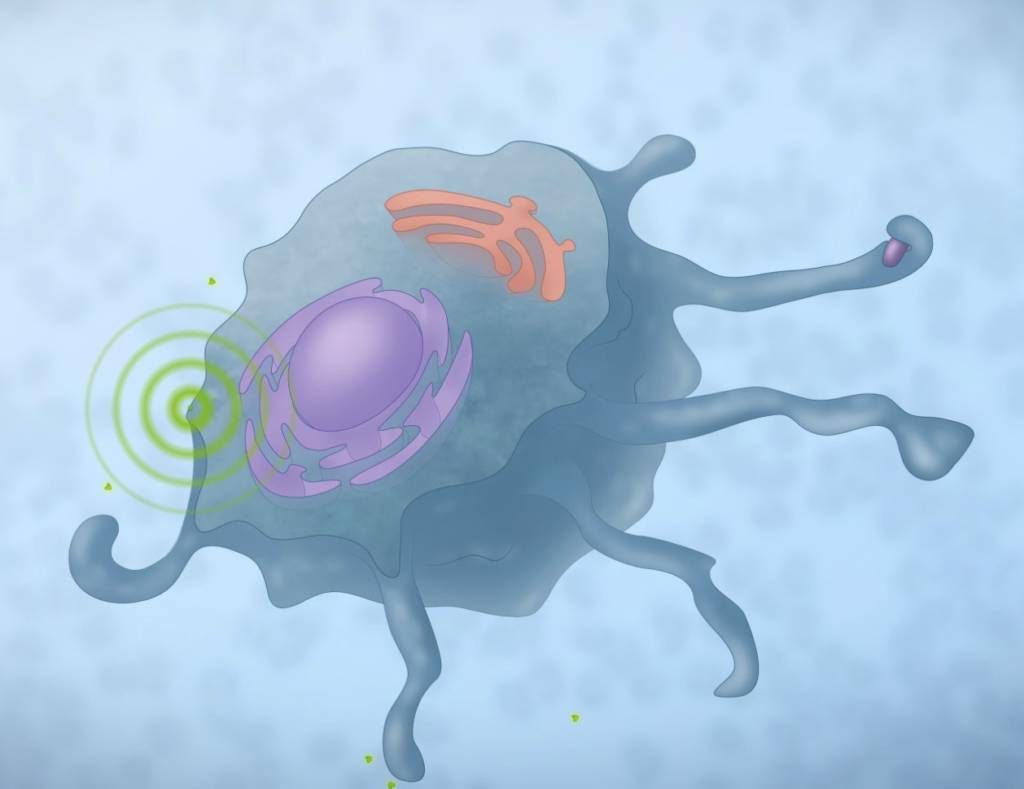 |
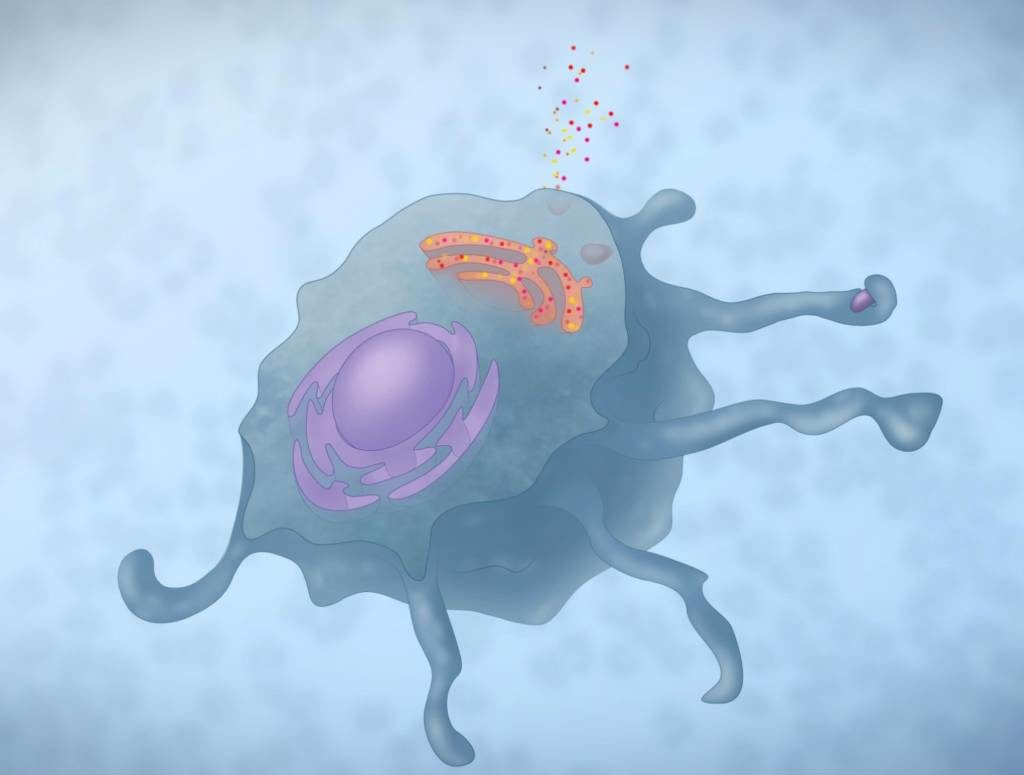 |
- This triggers cellular signalling cascades, which secrete cytokines and growth factors – notably, fibroblast growth factor, epidermal growth factor, transforming growth factor-beta and interleukin 1 – that encourage granulation and ephithelialisation, required for healing.
- The chain reaction of the microbiological processes induces proliferative, angiogenic and ephithelialisation responses as required, restarting the healing process in stalled wounds.
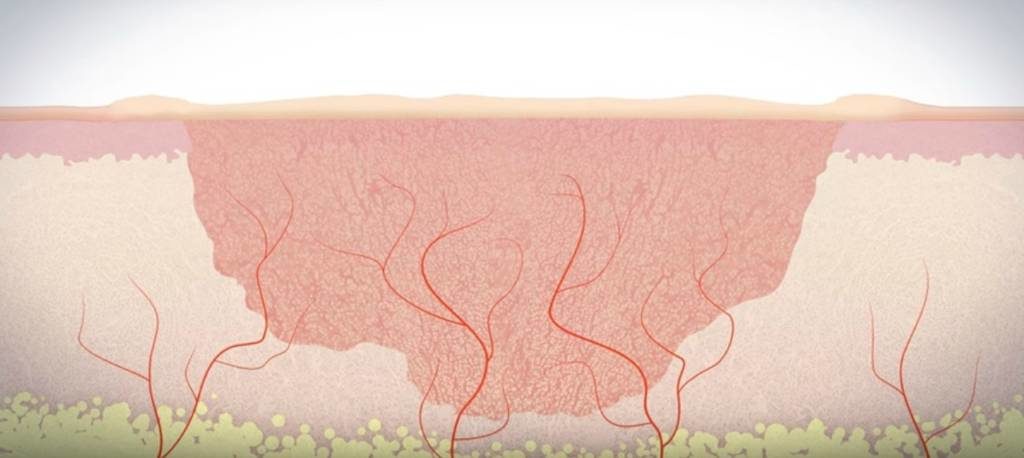
Using an advanced wound management product such as Woulgan Bioactive Beta-Glucan Gel that activates macrophages, can reactivate the healing process and thus, kick-start healing in wounds that have become ‘stuck’ in the inflammation phase.
We recommend you evaluate Woulgan after 4 weeks treatment and assess whether the healing has progressed as expected.
Do you want to hear about other clinicians’ experiences?
We have gathered several case studies of chronic wounds of different aetiologies, from stalled diabetic foot ulcers to venous leg ulcers and post-surgical wounds, where the use of Woulgan led to the healing of the wound, on this page.
To get access to our full library of clinical studies, you’d have to register here. That way, you can read and download all the cases we have available, including future updates and additional studies.
If you have any questions or difficulties accessing our library, don’t hesitate to contact us.